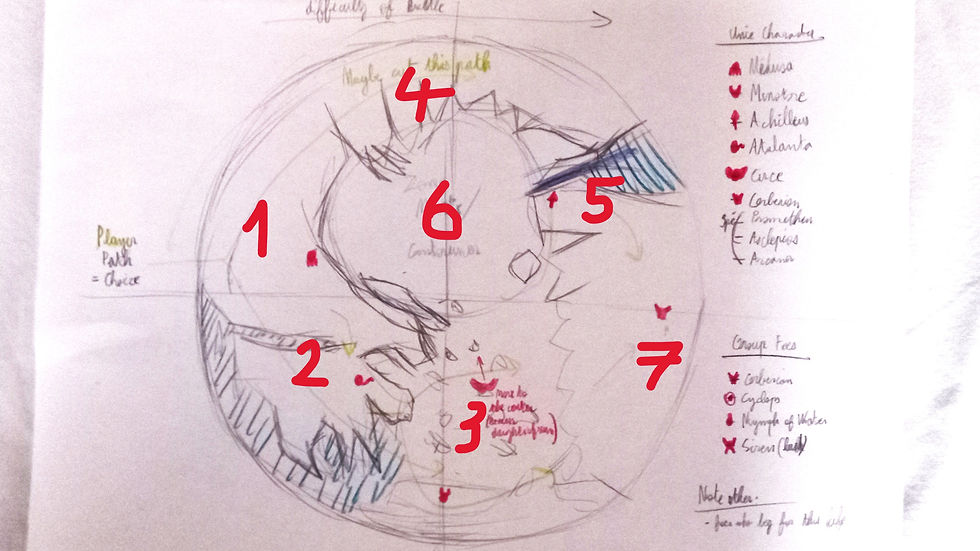top of page
TAMARELLE-WEBER ALEXANDRE
Game designer / Level designer / Tech Designer

The Adversary
Tactical / Narrative
-
Solo project
-
In progress
-
Start in October 2022
-
Unreal Engine 5
-
PC
A very personal project

I began a year before starting my Master's degree in Game Design. I wanted to work on something in my spare time and create a game prototype. I wanted to create a tactical game centred around deep, engaging characters, with Fire Emblem as the main source of inspiration, along with other strong influences such as Shin Megami Tensei, Digimon, and various mythologies. In the end, I decided to create a game where the characters are evil figures from different mythologies. This concept led me to develop a narrative arc centred on redemption and to set the game in hell.
bottom of page
















